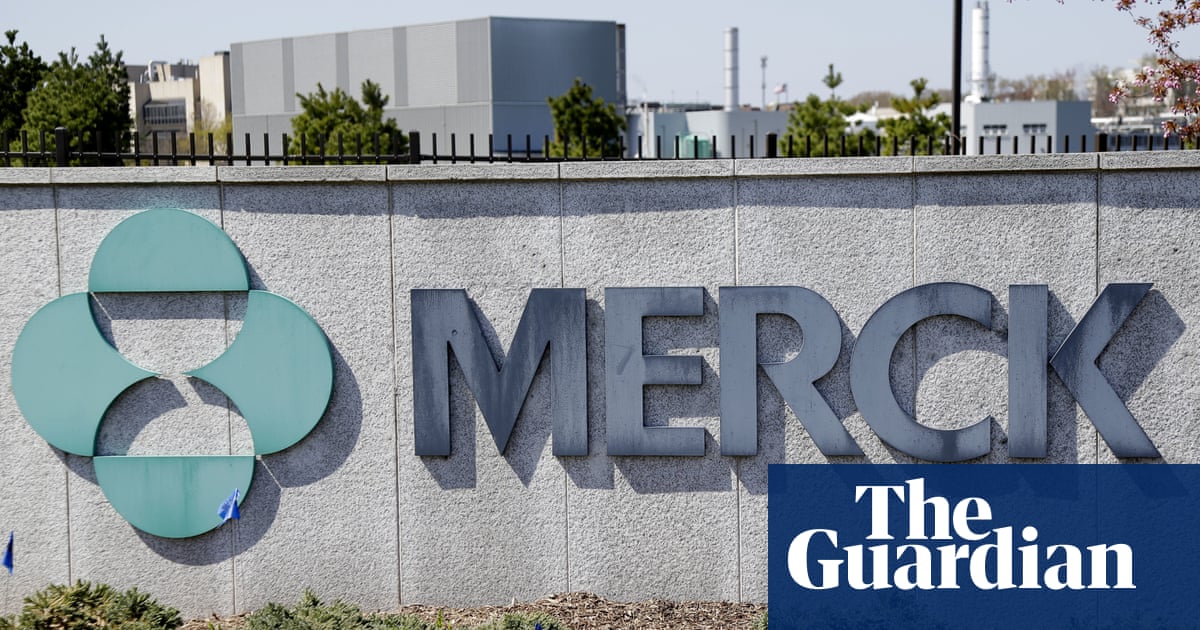The US had record-breaking growth in renewable-energy capacity last year, new research shows, but the future of the sector is uncertain amid threats from Donald Trump’s administration.
The country brought online 48.2 gigawatts of capacity from utility-scale solar, wind and battery storage in 2024, according to a report from the research organization Cleanview; the report is based on an analysis of federal data. That surge in capacity – enough to power some 3.6m homes – was 47% larger than the increase the US saw in the previous year.
This unprecedented growth is attributable in part to the falling cost of renewables, said Michael Thomas, the founder of Cleanview and author of the report. An even bigger factor, he said, was Biden’s 2022 Inflation Reduction Act (IRA) and its historic incentives for green technologies.
“The IRA changed the landscape,” he said.
The report comes as renewable power is being targeted by Trump, who has pledged to halt federal support for clean power as part of his pro-fossil fuel agenda. If he follows through on these promises, they could have devastating effects for the sector and the economy, experts say.
“The clean-energy sector is rapidly growing globally, and halting investments can also undermine America’s competitive edge within the renewable energy market,” Nathan Schluter, an energy expert at the consumer advocacy organization Home Energy Club, said in an email.
Still, though the president could hamper the growth of clean power, all hope for the sector may not be lost under his administration, Thomas said. “We don’t know what the future looks like right now. No one does,” he said.
Even as US fossil fuel production soared to record levels last year, the vast majority of the new energy capacity the nation brought online was carbon-free.
Renewables accounted for a combined 93% of all new capacity last year, with nuclear power adding another 2%. It’s a sign we’re in the “era of zero-emissions energy”, said Thomas.
But not all renewable fuel sources are growing at the same rate. The solar-power and battery industries – often paired, with batteries storing power from the sun – saw record success in 2024.
Growth in wind power, by contrast, has stagnated, with the US adding less wind capacity each year than before the passage of the Inflation Reduction Act. In 2024, the country brought only 5.1 gigawatts of the power source online, accounting for just 9% of all new energy deployed nationwide last year.
Solar and batteries
In 2024, solar power saw the fastest growth in red southern states. These regions are conducive to solar-power production and tend to have regulations that make it easier to build new projects, said Thomas.
One-quarter of new capacity – 8.9 gigawatts – was built in Texas. In second place was Florida, another Republican stronghold, which brought the second-most capacity online at 3 gigawatts, beating out California in new capacity for the first time.
The solar industry also grew in other Republican states like Arkansas, Missouri and Louisiana.
The US also added a record amount of new battery-storage capacity to its energy system, with California leading the pack and Texas not far behind.
New markets for the industry also emerged in the states of Arizona and Nevada. Both saw multiple battery megaprojects – which have a capacity of 100 megawatts or more – come online.
Wind power in peril
The wind industry, however, is facing a wide array of challenges. Interest rates, for instance, have risen, as have the costs of steel and other materials. Supply chains have also been disrupted since the Covid-19 pandemic. And since wind farms are taller and more noticeable than solar farms, they often attract more opposition from local communities, who are sometimes fed misinformation from the fossil fuel industry.
Because wind power is usually deployed in sparsely populated areas, it also requires transmission lines to send power to cities. The US lacks such infrastructure, and it requires lengthy, arduous permitting processes to build.
That’s a problem for the climate, said Thomas, because wind makes up a crucial piece of the clean-energy puzzle. It is most productive and inexpensive at nighttime, when power from the sun is not available.
after newsletter promotion
“Wind specifically is absolutely essential,” he said.
Headwinds ahead
The clean-energy sector is facing challenges under Trump, who has cracked down on renewables with a spate of executive orders, agency directives and spending freezes while threatening to wage even more attacks. But growth will not stop completely, experts say.
Despite Trump’s assaults, some challenges for the wind industry are beginning to subside, with supply-chain clogs starting to ease and more officials beginning to take the problem of transmission seriously. Also, renewable projects that have already gone through the permitting process, including major wind farms in New England, are likely to come online as planned.
The future for not-yet-approved renewable-energy projects is highly uncertain, but growth may continue, said Thomas. Solar capacity doubled during Trump’s first term in office but it is unclear whether that kind of progress will be possible this time around.
“There’s a scenario where he talks a big game but does little to follow through on those threats,” said Thomas. “But there is a bad-news scenario which would be very, very bad for the industries.”
“In this scenario, the [Department of Energy] does all they can to hamper renewable energy,” he said. “And they gut the IRA outright; they gut incentives for manufacturing clean-energy components and simultaneously keep tariffs in place to block imports. It would be a nightmare.”
In the face of this uncertainty, officials are putting pressure on the Trump administration to preserve federal support for renewables. Last month, eight Republicans gave testimony calling on the federal government not to slash IRA tax credits, which have disproportionately benefitted red states.
This week, 132 mayors and local officials from 38 states – 22 of which voted for Trump in 2024 – sent a letter to Congress demanding they preserve all renewable-energy tax credits available to state and local governments.
“We urge you to prioritize the economic and energy future of our communities by preserving all clean-energy tax credits available to state and local governments through elective pay,” the officials wrote.
Mayor Kate Gallego of Phoenix, Arizona, which has more solar energy per capita than any other large municipality, signed the letter. She said clean energy helps to “bring good-paying jobs to our community, lower residents’ electric bills, and secure our grid”.
“I hope that Congress recognizes the critical need for continued advancements in clean-energy and protects the tools both public and private sector entities use to unlock these opportunities,” she said.

.png) 2 months ago
23
2 months ago
23













































